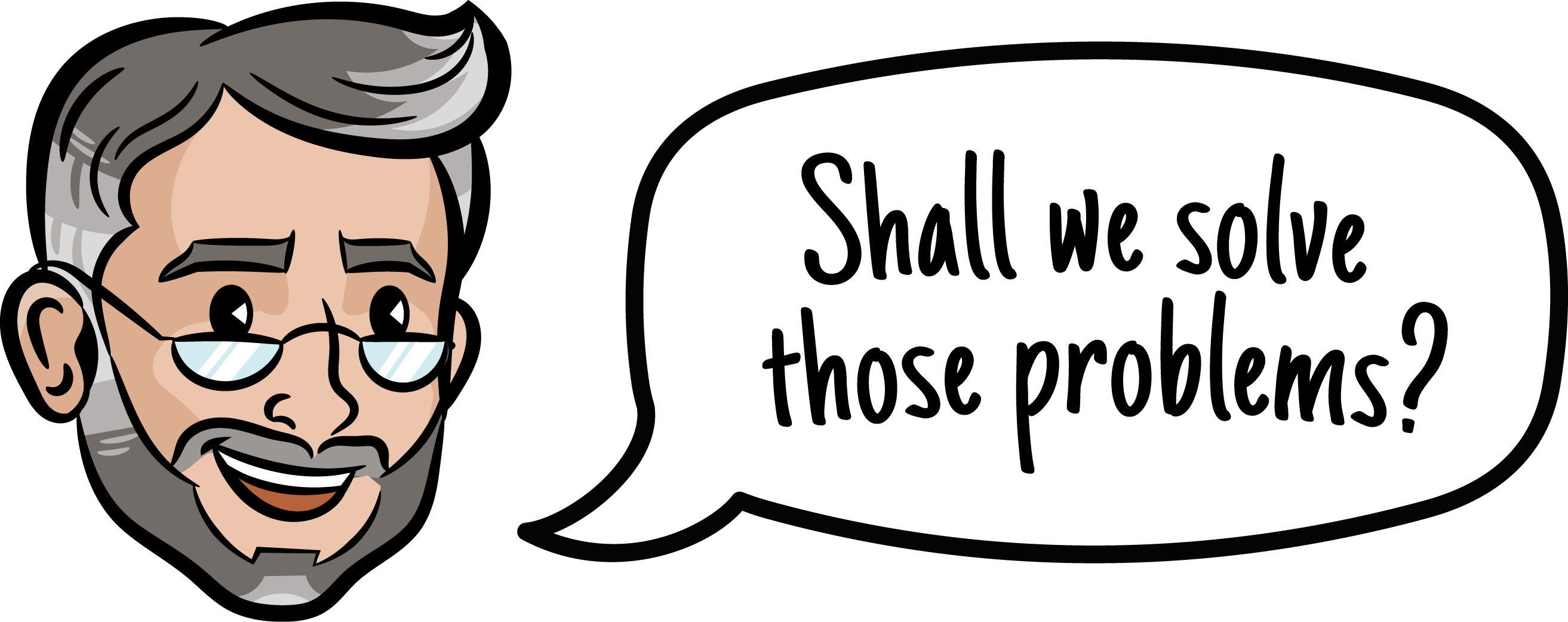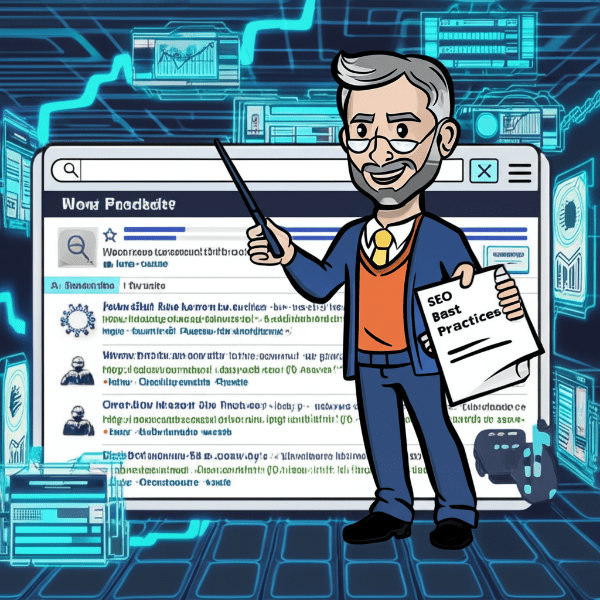Definition: SaaS, or Software as a Service, is a cloud-based software delivery model where users access applications via the internet, typically through a subscription. Instead of purchasing and installing software on individual devices, customers pay for ongoing access to centrally hosted platforms—usually maintained and updated by the provider.
SaaS solutions are used across every industry, offering flexibility, lower upfront costs, automatic updates, and scalable access to software tools.

Use It In a Sentence: Our startup switched to a SaaS CRM platform to streamline client communications and reduce IT overhead.
Why SaaS Matters in Modern Business
SaaS has revolutionized how businesses and individuals use software. Whether it’s managing customer relationships, sending emails, analyzing data, or hosting virtual meetings—SaaS powers it all.
Key benefits include:
- No installation required – Access from any browser or device
- Scalability – Add or remove users as your business grows
- Lower upfront costs – Subscription pricing instead of large one-time licenses
- Automatic updates – Always on the latest version, no downloads needed
- Faster deployment – Get started in minutes, not months
Common SaaS Examples
| Function | Popular SaaS Products |
|---|---|
| CRM | Salesforce, HubSpot |
| Email Marketing | Mailchimp, Klaviyo |
| Project Management | Asana, Trello, ClickUp |
| Customer Support | Zendesk, Intercom |
| Communication & Video | Zoom, Slack, Microsoft Teams |
| File Storage | Google Drive, Dropbox |
| Design & Creativity | Canva, Figma |
SaaS vs. Traditional Software
| Feature | SaaS | Traditional Software |
|---|---|---|
| Hosting | Cloud-based (provider’s servers) | Locally installed on user’s device |
| Access | Any device with internet | Limited to specific machine or network |
| Payment Model | Monthly/yearly subscription | One-time license fee |
| Updates & Maintenance | Automatic, handled by provider | Manual updates and IT intervention |
| Scalability | Highly flexible and on-demand | Requires reinstallation or license upgrades |
When to Choose SaaS Solutions
SaaS is ideal when you want:
- Speed to launch with minimal IT support
- Remote team access to tools from anywhere
- Flexible pricing based on active users or usage
- Automatic feature upgrades with no maintenance required
- Built-in security and compliance handled by the vendor
From startups to enterprises, SaaS gives organizations a way to scale tech infrastructure without scaling complexity.
Advantages and Challenges of SaaS
✅ Advantages
- Low upfront investment
- Fast deployment
- Accessible from anywhere
- No maintenance burden
- Seamless collaboration tools
⚠️ Challenges
- Ongoing subscription costs
- Dependence on internet connection
- Vendor lock-in or limited customization
- Data privacy and compliance concerns (must vet providers carefully)
Final Thoughts: SaaS as the Default Business Model
Today, SaaS is no longer a trend—it’s the default model for how we consume software. It’s everywhere, from your email inbox to your accounting system. Whether you’re selling software or buying it, understanding how SaaS works is essential to staying agile, scalable, and competitive in a digital-first world.
More Definitions & Related Blogs
Explore more cloud-based and performance marketing terms from the Sales Funnel Professor:













